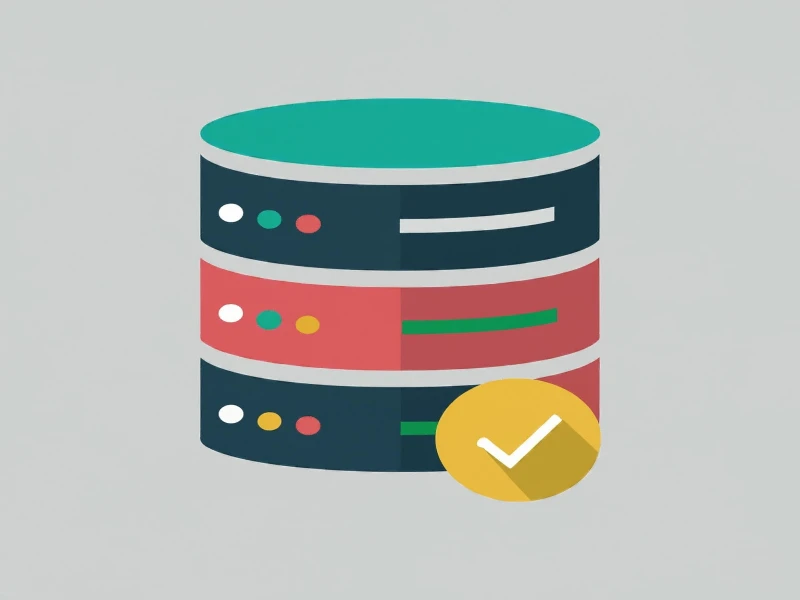
What is a Load Balancer and Why Do You Need It?
What is a Load Balancer and Why Do You Need It?
Understanding Load Balancing
Imagine a popular online store during a massive sale. Thousands of customers are trying to access the website simultaneously. If all the traffic is directed to a single server, it's likely to crash, leading to a frustrating experience for customers. This is where a load balancer comes to the rescue.
A load balancer is a device or software application that distributes network or application traffic across a group of servers. Think of it as a traffic cop directing cars to different lanes to avoid congestion. By spreading out the workload, load balancers ensure that no single server is overwhelmed, leading to improved performance, reliability, and scalability.
How Does Load Balancing Work?
- Incoming traffic: All incoming requests from users are directed to the load balancer.
- Distribution: The load balancer analyzes the incoming traffic and distributes it across multiple servers based on predefined algorithms.
- Server selection: The load balancer selects the most suitable server to handle the request, considering factors such as server load, availability, and application requirements.
- Response: The server processes the request and sends the response back to the load balancer.
- Response delivery: The load balancer forwards the response to the original client.
Benefits of Load Balancing
- Improved performance: By distributing traffic evenly, load balancers reduce response times and enhance overall application performance.
- Increased reliability: If one server fails, the load balancer automatically redirects traffic to other available servers, minimizing downtime.
- Enhanced scalability: Load balancers can easily accommodate increasing traffic by adding more servers to the pool.
- Improved security: Some load balancers offer advanced security features like SSL termination, DDoS protection, and firewall capabilities.
Types of Load Balancers
There are primarily two types of load balancers:
- Network load balancers: These operate at the network layer (Layer 4) of the OSI model and distribute traffic based on IP addresses and port numbers.
- Application load balancers: Operating at the application layer (Layer 7), these load balancers can distribute traffic based on application-specific information, such as HTTP headers, cookies, and URL paths.
Conclusion
Load balancers are essential components of modern IT infrastructure. By effectively distributing network traffic, they play a crucial role in ensuring the availability, performance, and scalability of web applications and services. Understanding the basics of load balancing can help you make informed decisions when designing and deploying your applications.


